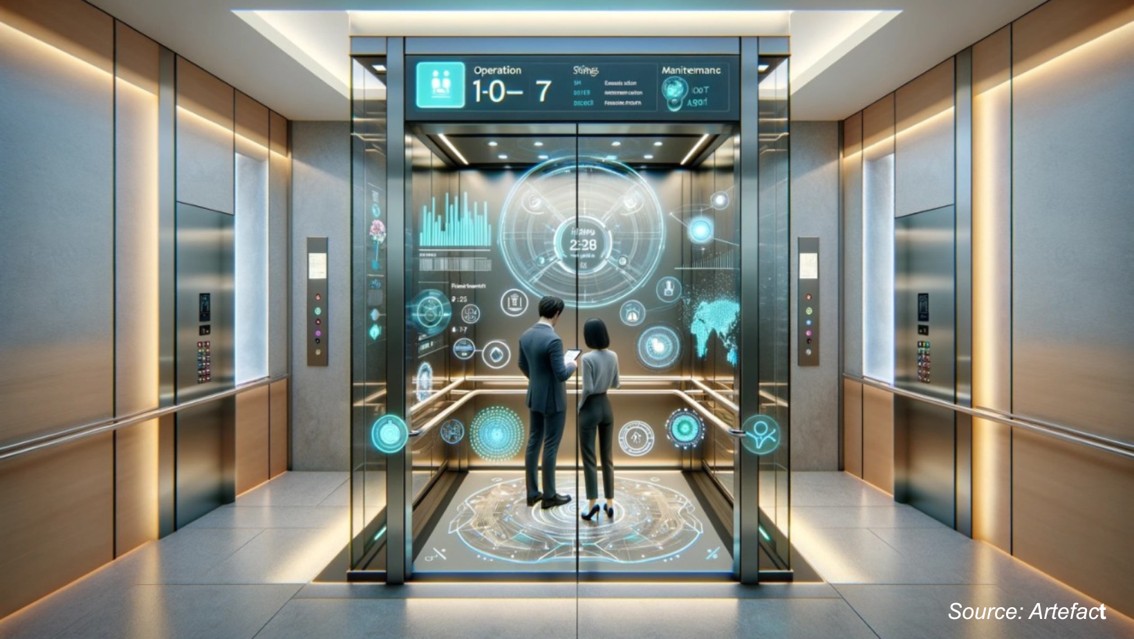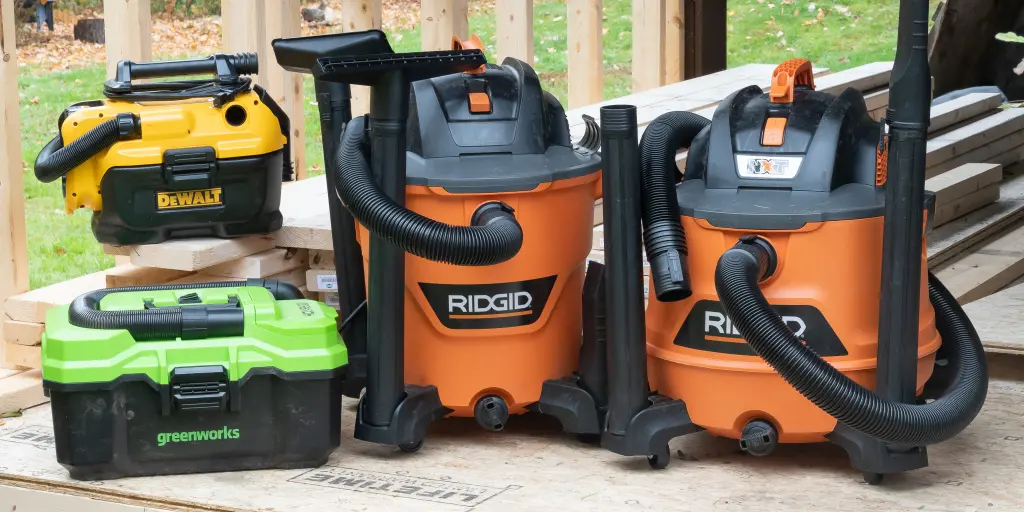Modern Manufacturing Meets CNC: Adapting to Industry 4.0
Published: 2025-09-16

When’s the last time someone described manufacturing as a dusty old business, stuck in its ways? When you walk onto a modern production floor, that kind of thinking quickly vanishes. All of a sudden, there is a lively flurry of activity, with data, technology, and humans collaborating to create a performance that is both sophisticated and familiar.
Anyone following industry trends knows: this isn’t your grandfather’s shop class. Manufacturing is experiencing a significant resurgence worth watching. Amid all this, one thing stands out: the rise and rise of CNC (Computer Numerical Control) systems.
From Grit to Gigabytes: How Industry 4.0 Flipped the Script
Imagine for a second the jump from landlines to smartphones—that’s about as close as you’ll get to understanding the leap manufacturing has made in recent years. Back in the day, making things was all about the hands: you measured twice, cut once, and hoped the machine didn’t go rogue. Now? It’s all algorithms and digital blueprints.
Industry 4.0 is less of a gentle breeze and more of a tornado. Suddenly, machines don’t just run—they communicate, anticipate, and self-correct. CNC technology, which once seemed like the final word in precision, has found itself in the middle of this digital whirlwind. No longer is it just about carving metal or shaping plastic. It’s about plugging into the grand system, sharing data, and operating as part of a much larger, interconnected machine.
Let’s face it: waiting days (or even hours) for a production quote feels prehistoric now. For anyone struggling to meet customer orders or reach a tight deadline, to get an instant CNC quote is not a bonus—it's a lifeline. With a few taps, groups can view real-time pricing, delivery timeframes, and even modify designs in real time. It’s like having a direct line to the factory floor, minus the static. Time saved here isn’t just time in your pocket; it can mean the difference between sealing a deal or losing ground to the competition.
CNC Machining: Not Just for Perfectionists
If CNC machines had a personality, they’d be the sticklers in the room. But in a good way—the ones you rely on when you absolutely can’t afford mistakes. Their attention to detail borders on obsessive, and thank goodness for that. Perfection isn't a luxury in today's environment; it's what attracts and retains customers.
Consider a small job shop that was given what appeared to be an impossible order: complex aerospace parts with tolerances, holes, and curves that would make most machinists sweat. Rather than freaking out, the crew entered the specifications into their CNC system, verified the simulations, and started the process. Hours later, the shop owner watched as flawless parts rolled out, each identical to the last. Relief was the order of the day, and the client’s “how did you do that?” email was the cherry on top.
Stories like these aren’t rare. CNC machines have taken the guesswork out of manufacturing. Operators can adjust programs while they are in use, adjust for material discrepancies, or make last-minute adjustments if something is even slightly incorrect. The days of having to discard an entire batch due to a single incorrect calculation are long gone.
But here’s the kicker: CNC isn’t just about getting things “right.” It’s about doing so at a speed and scale that manual methods could only dream of. That’s why, in an age obsessed with customization, CNC stands tall. Real-time feedback, digital twins, and spot programming have turned these machines into the workhorses and the brains of the operation. They're the backbone, the steady hands, and the trusted partner all wrapped up in one.
The Brainpower Behind the Machine: Connectivity and Smart Factories
You will notice something quietly astonishing if you glance inside any modern factory. Continuous communication occurs between computers, sensors, and other devices—not in whispers, but via the sharing of data and feedback. The modern CNC machine is no longer an island—it’s a social butterfly.
Here’s a typical day: A CNC router starts to detect a subtle increase in vibration. Before any human has time to notice, the machine’s sensors flag the anomaly, send a notification to the control system, and suggest a maintenance check. The production schedule automatically shuffles, rerouting less critical tasks to other machines. Meanwhile, an operator receives a heads-up on their tablet, complete with recommended steps.
It's as if the machines are looking out for one another, with humans as the coordinates while they play the part of firefighters. There is even some sense of camaraderie—machines and humans, both playing to the other's strengths. The factory is a living, breathing organism in which downtime is the enemy and efficiency is the game name.
The impact goes beyond simple convenience. Smart factories eliminate mistakes, trim waste, and liberate human potential for innovative problem-solving. No longer babysitting machines all day; instead, employees can concentrate on what counts—innovation, quality, and perhaps even a much-needed coffee break.
Flexibility and Customization: Meeting the Market’s Wild Demands
You can't predict what the next email or phone call will bring. A buyer can request a thousand similar parts, or it might be a single prototype with unique features. Whatever the request, one thing’s for sure: the “one size fits all” era is long gone.
CNC machines have made it possible for even small shops to punch above their weight. The story goes that a client once called late Friday—just as the team was about to pack up for the weekend—with an urgent redesign for a key component. In years past, that might’ve meant a groan and a lost weekend. But thanks to digital documents, cloud-sharing, and CNC's unparalleled flexibility, the design was loaded, the code revised, and the part running before anyone even considered canceling plans.
A competitive edge is the ability to change course—literally, at times—without incident. CNC machines thrive on diversity, whether they are producing unique motorcycle parts for a nearby fabricator or modifying medical device models for a global client. They transform deadlines into ideas and turmoil into order.
This adaptability keeps businesses afloat while also making customers happy. Businesses will inevitably lag if they can't keep up with the quick changes in the global economy. Flexibility is the cornerstone of CNC, not just a choice.
Challenges in the Age of Industry 4.0
If only the path to digital manufacturing utopia were paved with gold. The fact is, the ride can be a bit rough. The biggest pothole? Skills—or sometimes, the lack of them. New equipment and wiser software are great, but they're only as smart as the operators behind them.
Most manufacturers are left playing catch-up, sending employees off to school, and hiring coder-innovators who look at code and view others as mayhem. It's a steep bend, but the climbers gain something. Things start to make sense once everything is clear, but at times it feels like sipping from a fire hose.
And then there’s cybersecurity. Connect enough machines to the cloud, and you’re bound to attract a few digital gremlins. Keeping networks secure is just as vital as maintaining machines oiled. Every click, every download, every new connection is a possible entry point, and the stakes are high.
Money matters, too. High-end CNC machines, equipped with sensors, AI, and advanced software, can create a dent in the bottom line. But there is good news: with more efficiency, less waste, and increased output, many find the investment pays for itself sooner rather than later. But nobody ever said staying abreast of progress would be inexpensive or easy.
What’s remarkable is how teams rally together. Whether it's deciphering a difficult new feature, overcoming a cyber fright, or making ends meet, there's that certain grit and resolve you can sense on every factory floor. The "teamwork makes the dream work" cliché is thrown around, but in manufacturing, it's a mantra.
Looking Ahead: Where CNC Goes from Here
So, what’s next? If the past is any guide, CNC technology won’t be caught napping. The future combines artificial intelligence, machine learning, and further integration with even fewer seams. Picture machines that not only accept orders, but learn from every project, implying quicker ways, new materials, and greener methods.
Additive manufacturing, or 3D printing, is no longer a buzzword; it's also becoming a key technology alongside CNC to create opportunities that did not exist a couple of years ago. Machines that are capable of both subtracting and adding material as a hybrid are beginning to appear in advanced shops.
Expect to see more virtual reality training, where new machinists can practice on digital twins before touching the real thing. Remote monitoring will enable teams to monitor the shop floor from home, if they prefer. And as technology improves, even smaller-scale manufacturers will be able to use tools that at one time only seemed accessible to the large players.
The current industrial narrative is marked by significant advancements and subtle changes. Those following industry trends can see the rapid pace of transformation. The next phase, focused on CNC technology, promises to be captivating. Stay adaptable and inspired—this is just the beginning.
About the Author
 Fionna Galliard is a freelance content writer and full-time medical representative with a passion for storytelling. She balances her corporate career with entrepreneurship, running a small business on the side. Fionna enjoys crafting engaging content that connects, informs, and inspires across industries—from healthcare to lifestyle and small business topics.
Fionna Galliard is a freelance content writer and full-time medical representative with a passion for storytelling. She balances her corporate career with entrepreneurship, running a small business on the side. Fionna enjoys crafting engaging content that connects, informs, and inspires across industries—from healthcare to lifestyle and small business topics.
About the Reviewer
 Sanyukta Deb is a seasoned Content Writer and Team Leader in Digital Marketing, known for her expertise in crafting online visibility strategies and navigating the dynamic digital landscape. With a flair for developing data-driven campaigns and producing compelling, audience-focused content, she helps brands elevate their presence and deepen user engagement. Beyond her professional endeavors, Sanyukta finds inspiration in creative projects and design pursuits.
Sanyukta Deb is a seasoned Content Writer and Team Leader in Digital Marketing, known for her expertise in crafting online visibility strategies and navigating the dynamic digital landscape. With a flair for developing data-driven campaigns and producing compelling, audience-focused content, she helps brands elevate their presence and deepen user engagement. Beyond her professional endeavors, Sanyukta finds inspiration in creative projects and design pursuits.

















Add Comment